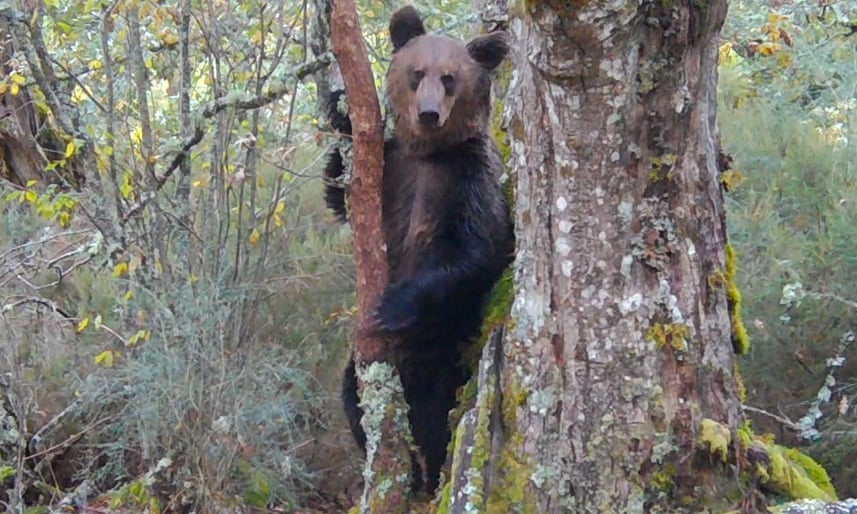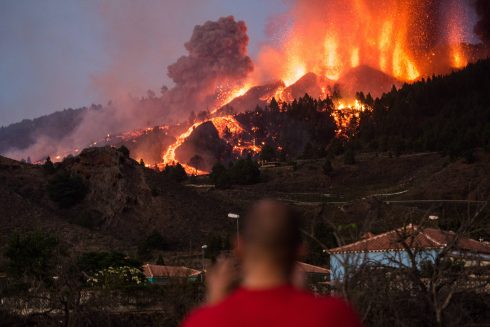A SPANISH national park has had its first reported visit by a brown bear for 150 years.
Cameras shooting a documentary recorded footage of the rare animal in a sparsely populated mountainous part of Ourense province in the Galicia region of north west Spain.
The Invernadeiro national park is known to be home to wolves, genets – more normally found in Africa – deer, wild cats, boars and mountain goats, but it has been a century and a half since the last bear was spotted in the area.

Camera traps set up by documentary maker Zeitun Films captured images of the bear ambling though an isolated valley.
The makers of Montaña ou Morte (Mountain or Death) said: “The bear, a male aged between three and five, is the first to be filmed in the area and probably the first to have crossed through the region in the past 150 years.”
Two wildlife rangers who worked on the film as advisers say the creature spent the winter in the park. They suspect it had come from the Sierra del Caurel mountains, which are known to have a brown bear population.
In a statement Ricardo Prieto Rochas and Tomas Perez Hernandez said that the animal’s lengthy stay was proof that the area could become a home to more bears in the future.
They added: “Years of conservation work in the Invernadeiro national park have allowed it to become a suitable habitat for the brown bear.”
These animals are extremely rare in Spain. They have been a protected species since 1973, with fines of up to €300,000 for hunting them.
The main population is concentrated in the Spanish and French Pyrenees. With numbers – particularly in Spain – dwindling, brown bears from Slovenia have been brought in over the past two decades to attempt to keep a viable breeding population.
Having once roamed most of the Iberian peninsula, the brown bear in Spain has been reduced to two isolated populations. One in the west can be found in Asturias, Leon and Lugo (Galicia).
In the east, the mammals can be found in Palencia, Leon, Cantabria and Asturias. Around 100-110 bears live in the western enclave and between 20-30 in the eastern. The two populations are separated by about 30 kilometres, with modern transport links and development keeping them apart.








